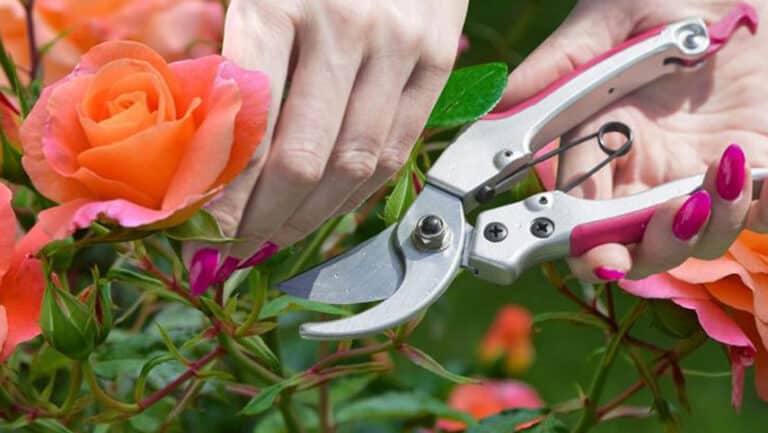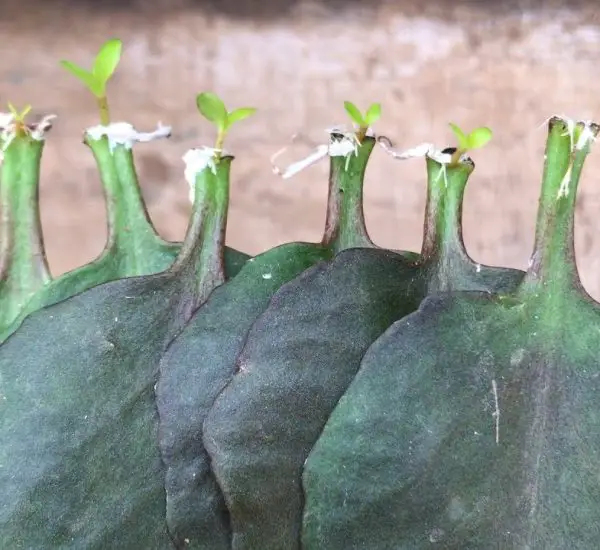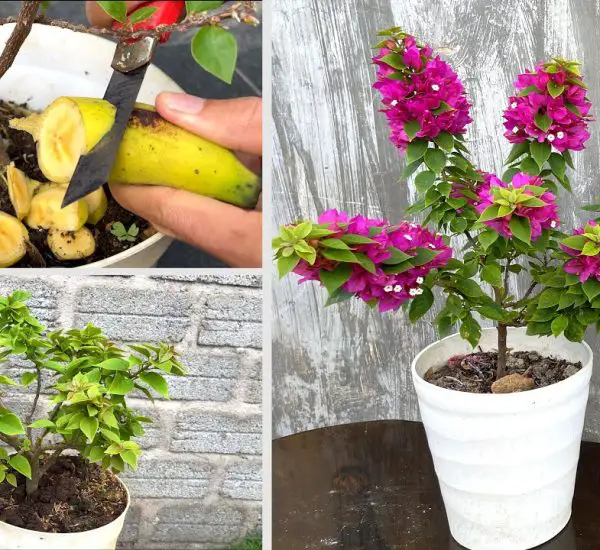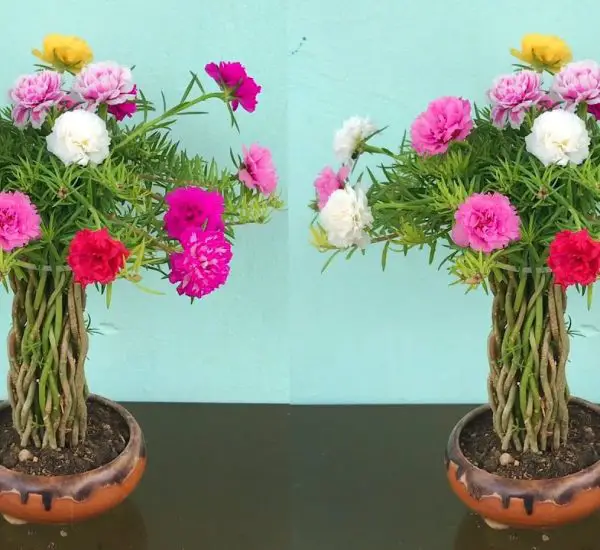Roses reign as the queens of any garden, captivating with their delicate blooms and enchanting fragrance. However, the beauty of these flowers is fleeting, as blooms eventually fade and lose their allure.
To ensure roses continue to bloom abundantly throughout the season, it’s crucial to understand how to care for them properly after flowering, with pruning being a key practice.
Why Prune Roses After Blooming?
After a rose fades, it directs its energy towards seed formation, which can drain resources needed for new growth and future blooms. Pruning spent blooms redirects these nutrients towards developing new buds, thereby promoting continuous flowering. Additionally, pruning enhances the plant’s appearance by removing faded blooms and encouraging better air circulation, which helps prevent diseases.
How to Prune Roses Correctly?
A fundamental rule for post-blooming pruning is to cut faded blooms just above the first true leaf. Identify a true leaf by its characteristic five or seven leaflets. Trim the stem approximately 1 cm above this leaf, at a 45-degree angle.
Key Points to Remember:
- Make the cut above a bud that faces outward to encourage new growth in a desirable direction.
- This practice applies universally, except for hybrid tea roses, which benefit from a slightly shorter cut—leaving only 3-4 leaves above soil level—to stimulate growth from the roots.
Pruning Specific Rose Types
Each type of rose may require slightly different pruning techniques:
- Hybrid Tea Roses: Trim shorter to encourage strong new shoots from the base.
- Creeping Roses: Thin out thick growth and remove dead or weak shoots for a healthier plant structure.
Regular Pruning for Lush Blooms
Pruning roses after flowering is a straightforward task that even beginners can master. By dedicating a little time to this practice, you can rejuvenate your roses, ensuring they bloom luxuriously and continuously throughout the season.
Mastering the art of post-bloom pruning not only enhances the aesthetic appeal of your roses but also supports their overall health and longevity in your garden.



